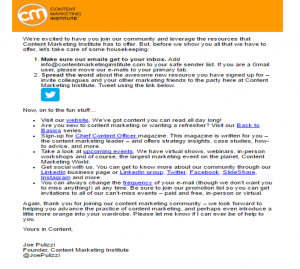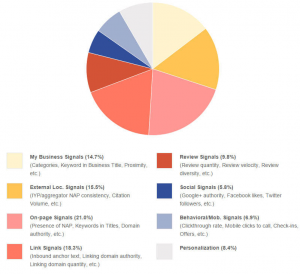
Over the last few months, I’ve discussed a number of different ways you can set yourself up for success when writing a business plan. I’ve also looked at some of the common business plan mistakes, and how you can avoid them.
In today’s post, I’d like to take a deeper look at 10 smart things you can do when writing, and rewriting, your business plan.
1. Write a clear two-page executive summary.
Your goal in the executive summary is to energize the reader to read the whole plan. Make a persuasive case upfront for why the business will be successful and why you are the right person at the right time to lead this business to success. Be sure to include clear statements explaining your value proposition and competitive advantages.
2. Emphasize the customer need or problem you are satisfying.
Your business plan should be about the products and services you are providing to satisfy a customer need or fix a customer problem. Show how you can drive demand: Provide evidence of the size and acuteness of the problem and how you are uniquely satisfying/solving it.
3. Understand your own strengths, skills, and time available.
Often start-ups consist of one employee — you, the founder. What are your skills, what do you like to do and not do? How much time do you have available? These are important questions to calibrate your expectations and determine where you will need support.
4. Spell out the business model.
For yourself and for a lender/investor demonstrate how you are going to generate revenue. How are you going to get paid? And for what will you get paid? Who are your customers, and in what sales channels do you find them?
5. Include a believable sales forecast.
The sales forecast must be supported with detailed action plans encompassing your marketing and sales process; including lead-generation strategies, open-for-business campaigns, demos, and overall messaging. Using industry benchmarks will provide credibility for your sales forecast.
6. Request funding consistent with the needs shown in the forecasted financial statements.
The funding request that’s made in the executive summary needs to be supported by the forecasted financial statements, which are usually for a minimum of three years.
7. Tell a banker or angel investor how you will use the funds they provide.
This is called “Use of Funds.” Investors want their funding to go to company activities that will generate future revenues and grow the business. The Use of Funds section doesn’t need to go into much detail, but it must cover all the funds requested.
8. Revisit and refine your first draft.
Write a draft, put it down, think about it, do more research and experiment; then write a second draft and repeat the process. As part of the research, learn from others, get differing opinions, and seek advice from similar businesses in other markets. It is unlikely that any one person will know it all. While entrepreneurs are usually strong willed, they also need to be good listeners and learn from others’ mistakes and accomplishments.
This will take time, but the quality of the plan will significantly increase as you come back with more information and insight with each draft.
If you already have a business plan, you many think you’ve done all you need to.
However, even the best business plans can benefit from revision. Here are a couple tips for updating your business plan:
9. Keep up with changing markets.
Just as your market will change over time, so should your business plan. While your initial business plan might rely on some assumptions about your target audience and what they need, once your business is up and running, you may discover new factors you hadn’t originally considered, including competitor reaction to your business entering the market. Be sure to incorporate this new insight into your updated plan.
10. Update your financial forecast.
Use the results of the past year as a base in developing financial forecasts for the coming year. As a small business, focus on cash flow. Use your business plan as a segue to an annual goal setting and budget process.
Key Lessons
- A well-thought-out business plan occurs over time, including a lot of interaction with others to learn about your business and market.
- A focused and up-to-date business plan is the path to good decisions regarding your business idea.
- A well-presented business plan will facilitate reaching potential customers and funders.
Have any questions about business planning we didn’t cover? Let us know in the comments.
Business & Finance Articles on Business 2 Community
(285)








